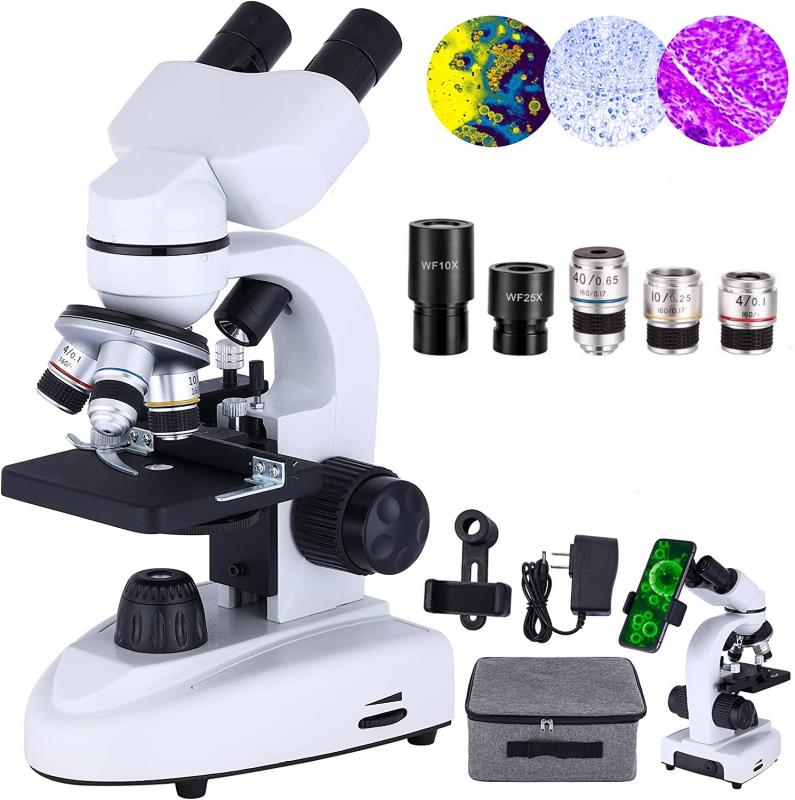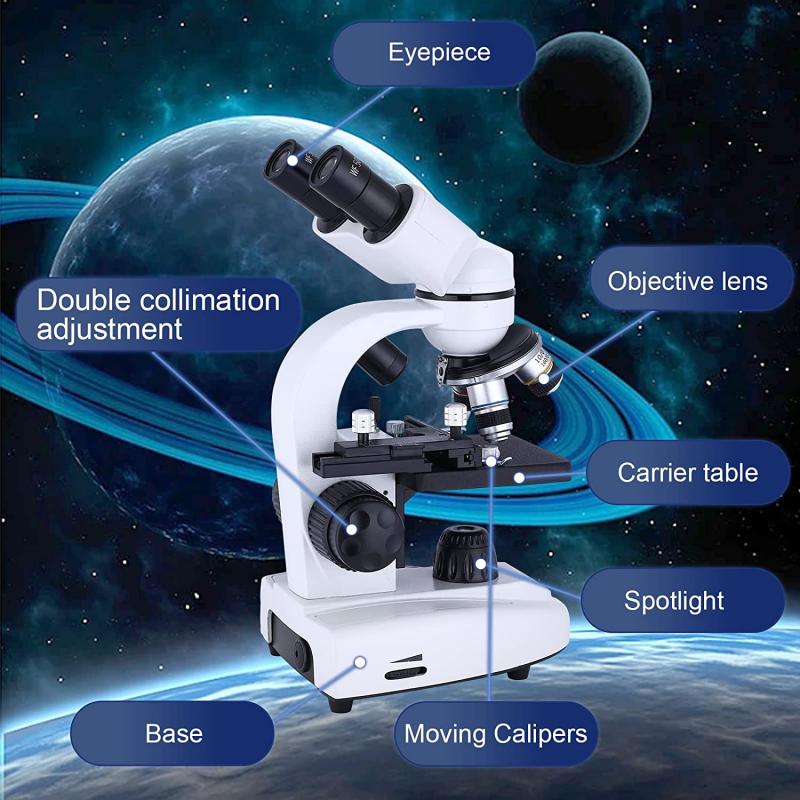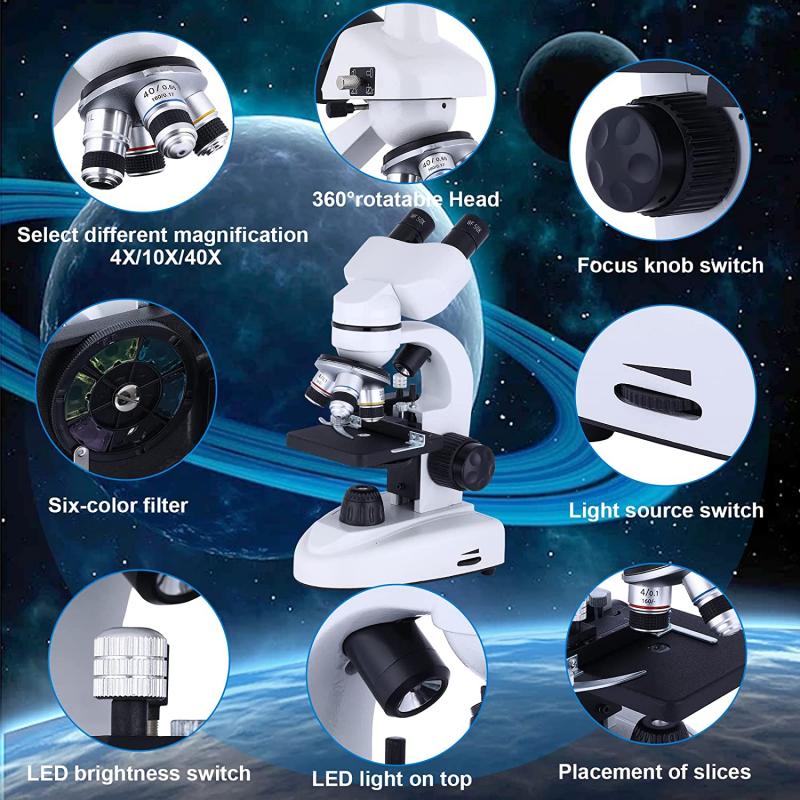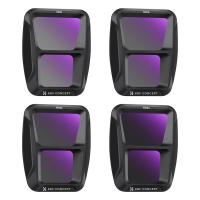What Does Staph Look Like Under A Microscope ?
Under a microscope, Staphylococcus bacteria typically appear as clusters of spherical cells. These cells are gram-positive, meaning they retain a violet stain during the Gram staining process. Staphylococcus bacteria are usually seen as grape-like clusters or irregular clusters, with individual cells measuring around 0.5 to 1.5 micrometers in diameter. The cells may appear in various arrangements, such as pairs, tetrads, or short chains, depending on the specific species of Staphylococcus. Additionally, some Staphylococcus species may exhibit a characteristic golden or yellow pigment when grown on certain types of media.
1、 Morphology of Staphylococcus aureus under a microscope
Staphylococcus aureus, commonly known as staph, is a type of bacteria that can cause various infections in humans. When observed under a microscope, the morphology of Staphylococcus aureus reveals distinct characteristics.
Staphylococcus aureus appears as spherical or ovoid-shaped cells, arranged in clusters resembling a bunch of grapes. These clusters are a result of the bacteria dividing in multiple planes, forming irregular clusters or colonies. The individual cells are typically 0.5 to 1.5 micrometers in diameter.
Under higher magnification, the cells of Staphylococcus aureus display a Gram-positive staining pattern. This means that they retain the crystal violet dye during the Gram staining procedure, appearing purple or blue. The thick peptidoglycan layer in the cell wall of Staphylococcus aureus contributes to its Gram-positive nature.
Additionally, Staphylococcus aureus possesses a characteristic feature known as "golden pigment." This pigment, called staphyloxanthin, gives the bacteria a yellow or golden appearance on agar plates. This unique feature aids in the identification of Staphylococcus aureus in the laboratory.
It is important to note that the morphology of Staphylococcus aureus can vary depending on the strain and growth conditions. Some strains may exhibit different arrangements, such as pairs or short chains, while others may lack the golden pigment. Furthermore, advancements in microscopy techniques and research may provide additional insights into the detailed morphology and structure of Staphylococcus aureus.
Understanding the morphology of Staphylococcus aureus under a microscope is crucial for its identification and diagnosis of infections. This knowledge helps healthcare professionals in selecting appropriate treatment strategies and implementing effective infection control measures.

2、 Microscopic appearance of Staphylococcus epidermidis
Staphylococcus epidermidis is a type of bacteria that belongs to the Staphylococcus genus. When observed under a microscope, Staphylococcus epidermidis appears as spherical or ovoid-shaped cells, arranged in clusters resembling grapes. These clusters are a characteristic feature of staphylococci bacteria, which are known for their ability to form grape-like clusters or "staphylo" arrangements.
The individual cells of Staphylococcus epidermidis are typically around 0.5 to 1.5 micrometers in diameter. They have a thick peptidoglycan cell wall, which gives them a Gram-positive staining reaction. This means that when stained with crystal violet and iodine, they retain the purple color and appear as dark purple or blue clusters under a microscope.
Staphylococcus epidermidis cells may also possess a capsule, which is a slimy layer surrounding the cell wall. This capsule can be observed as a clear halo around the cells when stained using special techniques such as India ink or negative staining.
It is important to note that the microscopic appearance of Staphylococcus epidermidis may vary depending on the growth conditions and staining techniques used. Additionally, advancements in microscopy and staining methods may provide more detailed information about the cellular structures and characteristics of this bacterium.
Overall, the microscopic appearance of Staphylococcus epidermidis is characterized by its spherical or ovoid shape, grape-like clusters, and Gram-positive staining reaction.

3、 Staphylococcus saprophyticus morphology under the microscope
Staphylococcus saprophyticus is a type of bacteria that can cause urinary tract infections (UTIs) in humans, particularly in young sexually active women. When observed under a microscope, Staphylococcus saprophyticus appears as small, round, and clustered cells, arranged in grape-like clusters or irregular clusters. These clusters are characteristic of the Staphylococcus genus, which includes several other species of bacteria.
The cells of Staphylococcus saprophyticus are gram-positive, meaning they retain the crystal violet stain during the Gram staining procedure. This indicates that the bacteria have a thick peptidoglycan layer in their cell walls. The peptidoglycan layer provides structural support and protection to the bacteria.
In addition to their characteristic morphology, Staphylococcus saprophyticus cells may also possess small hair-like structures called pili or fimbriae. These structures aid in the attachment of the bacteria to the urinary tract epithelium, facilitating the establishment of infection.
It is important to note that the appearance of Staphylococcus saprophyticus under a microscope may vary slightly depending on the staining technique used and the growth conditions of the bacteria. However, the general morphology and clustering pattern remain consistent.
It is worth mentioning that scientific research and advancements in microscopy techniques may provide new insights into the morphology and characteristics of Staphylococcus saprophyticus. Therefore, it is always recommended to refer to the latest scientific literature for the most up-to-date information on the subject.

4、 Staphylococcus haemolyticus microscopic characteristics
Staphylococcus haemolyticus is a species of bacteria that belongs to the Staphylococcus genus. It is a Gram-positive, spherical-shaped bacterium that typically occurs in clusters resembling grapes when viewed under a microscope. Staphylococcus haemolyticus is a coagulase-negative staphylococcus (CoNS), meaning it does not produce the enzyme coagulase, which distinguishes it from other pathogenic staphylococci such as Staphylococcus aureus.
Under a microscope, Staphylococcus haemolyticus appears as small, round cells measuring approximately 0.5 to 1.5 micrometers in diameter. These bacteria are arranged in irregular clusters or grape-like formations due to their tendency to divide in multiple planes. Staphylococcus haemolyticus cells have a thick peptidoglycan layer in their cell wall, which gives them their characteristic Gram-positive staining.
In terms of staining, Staphylococcus haemolyticus stains purple with the Gram stain, indicating its ability to retain the crystal violet dye. This is due to the thick peptidoglycan layer in its cell wall, which traps the dye-iodine complex. Additionally, Staphylococcus haemolyticus is catalase-positive, meaning it produces the enzyme catalase, which can be observed by the production of bubbles when hydrogen peroxide is added to a colony of the bacteria.
It is important to note that the microscopic characteristics of Staphylococcus haemolyticus may vary slightly depending on the strain and growth conditions. Therefore, it is always recommended to confirm the identification of the bacteria using additional tests, such as biochemical tests or molecular techniques, to ensure accurate identification and differentiation from other Staphylococcus species.






































